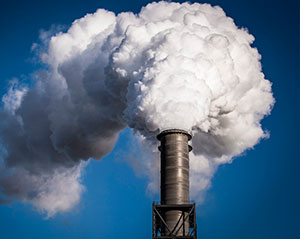CO2 intensity per capita
CO2 emissions per capita will fall by two thirds by 2050 to about 1.5 tCO2.
CO2 emissions per capita will fall by two thirds by 2050 to about 1.5 tCO2.
CO2 emissions per capita are expected to significantly decrease in all regions. In our EnerBlue scenario, in line with NDCs & announced pledges, they get down to below 2 tCO2/capita in most regions.
Breakdown by region | EnerBlue scenario
Loading...
Trend over 2000 - 2050 - EnerBlue scenario
World
Loading...
EnerFuture provides energy projections up to 2050. Our service offers clear insight into the future of energy demand, prices and GHG emissions.
More informationEnerdata's long-term MACC allow you to gain unique insight and comprehensive data from the globally recognised POLES model.
More information


